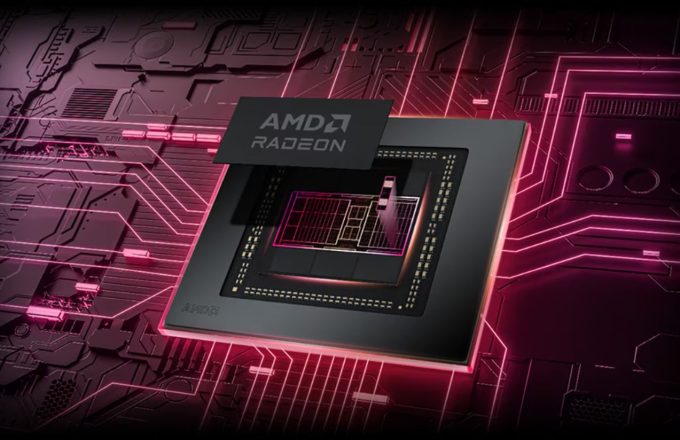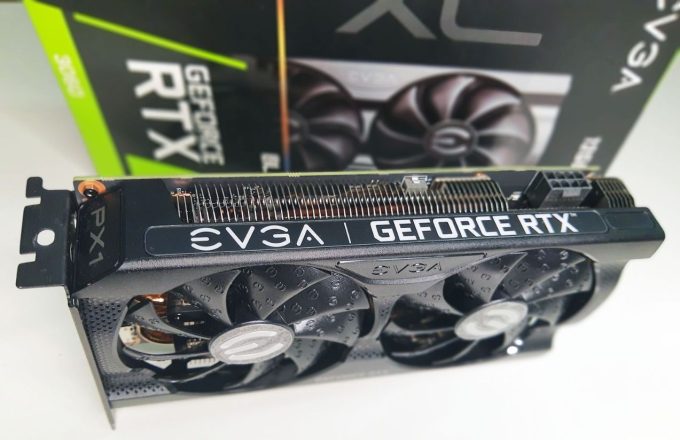There was a time when taking Android customization to the extreme wasn’t just possible—it was a trend. Custom ROMs had their golden age, with thriving communities on forums like HTCmania and XDA Developers, which became the ultimate guides for modding.
However, as the operating system evolved, manufacturers imposed more restrictions, and MediaTek’s growing presence—along with its driver compatibility issues—gradually turned this paradise into a barren landscape.
The Golden Age of Modding
The rise of Custom ROMs takes us back to 2010-2015, when a passionate community of developers and users was eager to tinker with their devices. Though always a niche, CyanogenMOD—the most popular ROM of its time—surpassed one million users. An impressive figure for such a specialized product, yet tiny compared to Android’s overall user base.
Names That Defined an Era
For those who lived through those years, certain names still bring a sense of nostalgia: AOKP (Android Open Kang Project), Resurrection Remix, Paranoid Android, CarbonROM, Dirty Unicorns… All of them were based on AOSP, the pure Android source code, but each offered different levels of customization—some to extreme degrees.
Later, with the release of Google Pixel devices, the Pixel Experience ROM emerged, bringing the Pixel software experience to other phones while adding extra customization options beyond what Google allowed.
The Beginning of the End
One by one, these projects started to disappear. AOKP shut down in 2018, Resurrection Remix stopped updating in 2020, Dirty Unicorns went offline in 2021, and in 2023, we said goodbye to Pixel Experience.
One of the few survivors is LineageOS, the successor to CyanogenMOD, which still provides updates for older devices, giving them a second life.
The Decline Was Inevitable
For years, flashing a new ROM had two main advantages. The first was gaining access to the latest Android versions before manufacturers officially released them—if they ever did. But this has lost its appeal, as newer Android updates bring only minor changes. Jumping from Android 13 to 14 or 15 no longer feels like a major upgrade.
The second advantage was customization, but manufacturers have made significant progress in this area. While some ROMs were subpar (no need to name names, we all know), several brands now offer high-quality software experiences with excellent support.
Lastly, proprietary libraries and manufacturer APIs have become increasingly important. Features like advanced camera performance powered by NPUs, native AI integration, and other cutting-edge capabilities rely on closed-source code. Running a generic kernel means missing out on these optimizations.
In the end, all signs pointed to an unavoidable conclusion: the death of Custom ROMs.
















